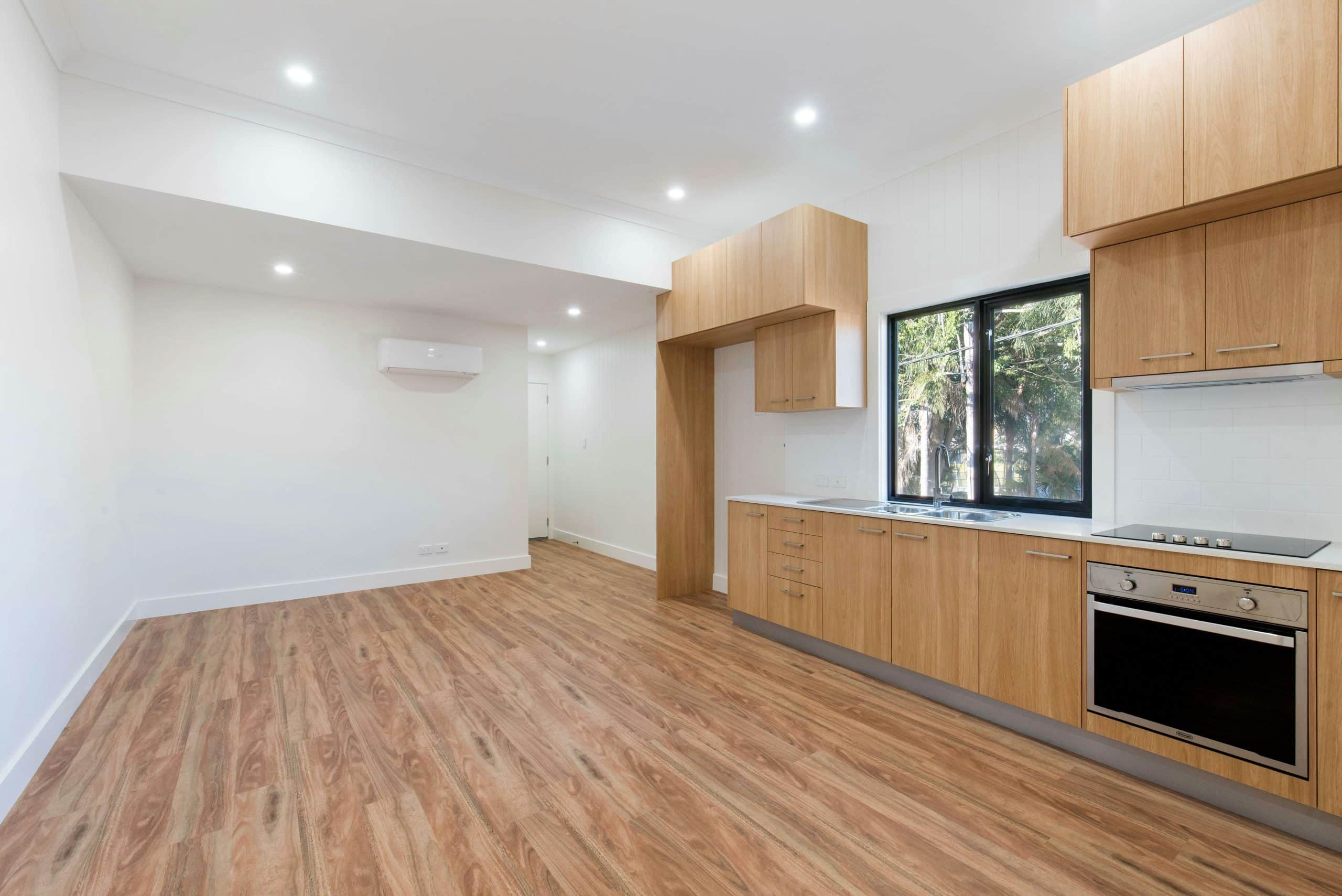Immersive Property Experiences: Virtual and Augmented Reality Tours
In recent years, technology has revolutionized the way we live, work, and play. From the rise of smartphones to the emergence of artificial intelligence, our world is becoming increasingly digitalized. And the real estate industry is no exception. The search for new ways to showcase properties has led to the development of immersive property experiences through virtual and augmented reality tours. These cutting-edge technologies allow potential buyers to step inside a property without ever leaving the comfort of their own homes. Let’s explore how virtual and augmented reality tours are changing the game for the real estate market.
What are Virtual and Augmented Reality Tours?
If you’re not familiar with virtual and augmented reality, here’s a quick breakdown. Virtual reality (VR) is a computer-generated simulation of a 3D environment that can be interacted with using specialized equipment, such as a VR headset. On the other hand, augmented reality (AR) is a technology that overlays digital objects onto the real world, typically viewed through a smartphone or tablet camera. When it comes to property experiences, these technologies work together to create a fully-immersive and interactive tour of a property.
The Benefits of Immersive Property Experiences
Enhanced Visualization
One of the most significant benefits of virtual and augmented reality tours is their ability to enhance visualization. With traditional property listings, buyers rely heavily on photos and videos to get an idea of a property’s layout, design, and features. However, these media can only do so much in terms of providing an accurate representation. With VR and AR, potential buyers can explore a property in 3D, giving them a much better sense of its size, layout, and overall feel.
Convenience and Efficiency
Gone are the days of booking multiple property viewings and taking time out of your busy schedule to physically visit each one. With virtual and augmented reality tours, buyers can explore multiple properties from the comfort of their own homes. This convenience not only saves time and money but also allows buyers to narrow down their options before making any in-person visits.
Increased Engagement
Immersive experiences make a lasting impression on potential buyers and increase engagement with property listings. Traditional photos and videos can be easily overlooked, but a virtual or augmented reality tour is bound to grab the attention of viewers. This high level of engagement can lead to more inquiries, showings, and ultimately, more potential buyers.
The Future of Real Estate Marketing
As technology continues to advance, so does the potential of virtual and augmented reality tours in real estate marketing. According to a report by Goldman Sachs, the market for VR and AR in real estate is expected to reach $80 billion by 2025. This projection is not surprising given the many benefits of immersive property experiences.
Moreover, the current global pandemic has accelerated the adoption of virtual and augmented reality in the real estate market. With social distancing measures in place, buyers and sellers are turning to these technologies to continue their property search and transactions safely.
Conclusion
In conclusion, virtual and augmented reality tours are game-changers for the real estate industry. They provide unparalleled visualization, convenience, and engagement, making property viewing a more efficient and engaging experience. As technology continues to evolve, we can expect to see an even greater integration of VR and AR in real estate marketing. So, don’t be surprised if your next property tour is a virtual or augmented reality one!










